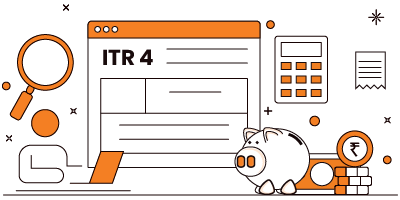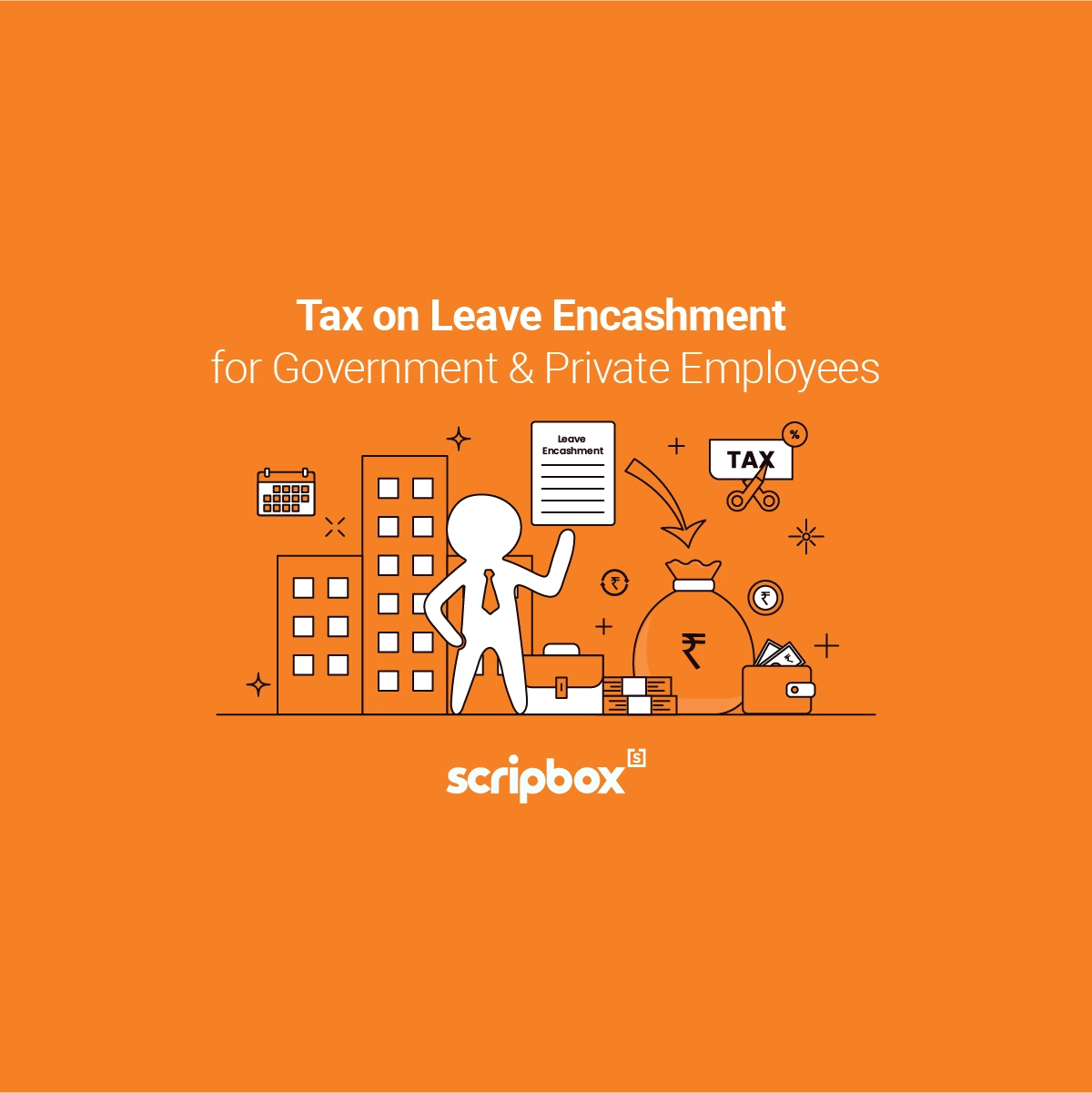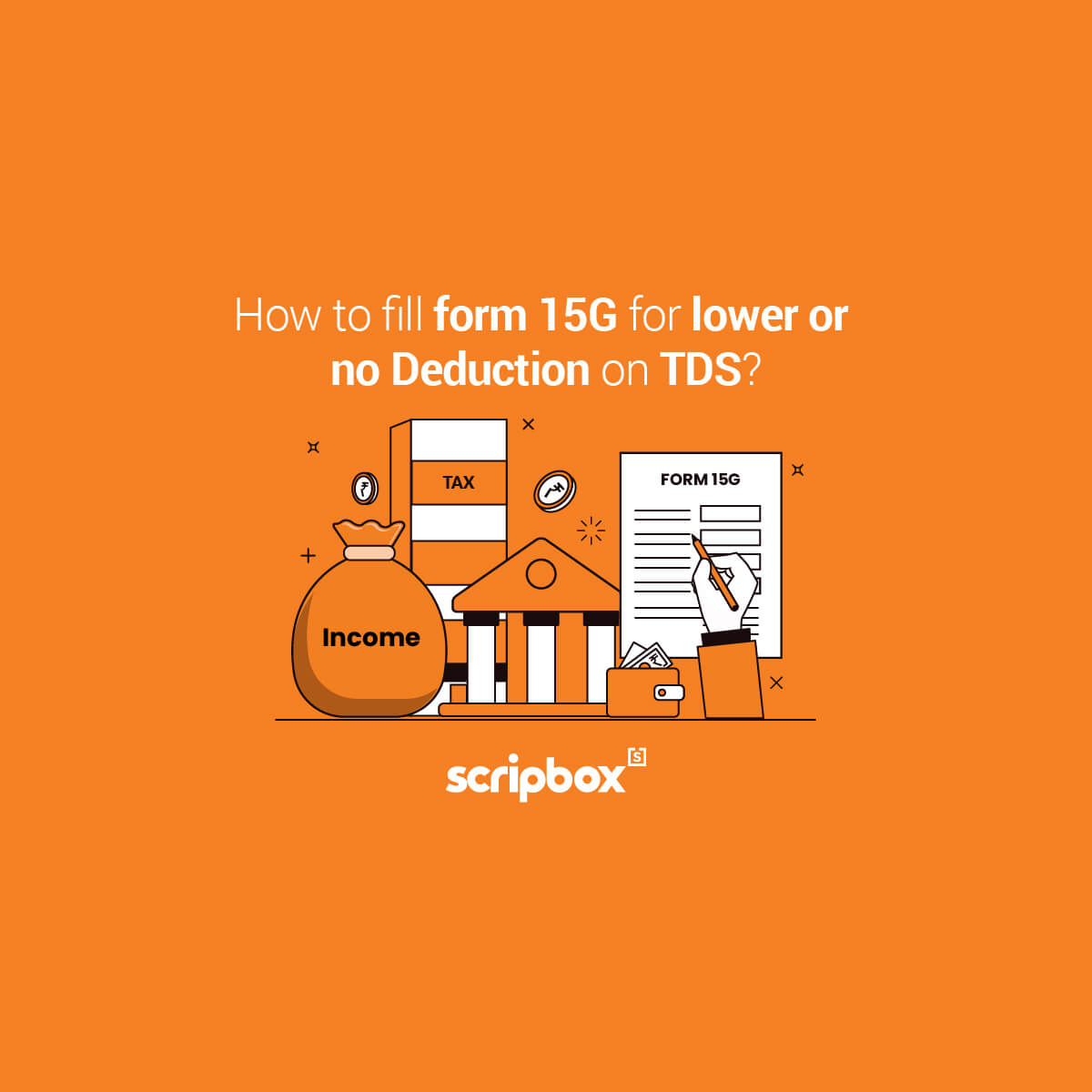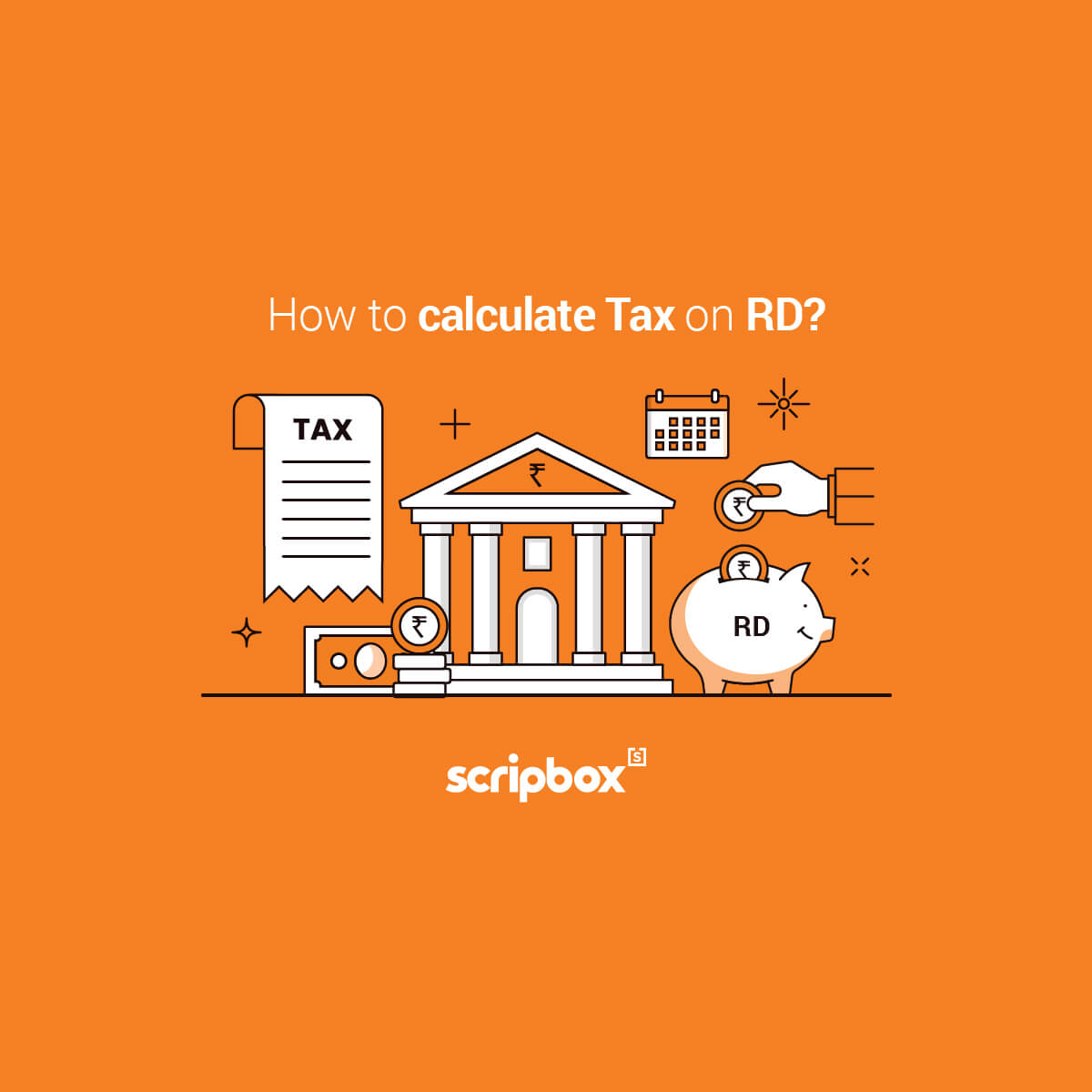Who can file ITR 4 Sugam?
ITR 4 Sugam is applicable to resident Individuals, HUF, and a Firm (other than LLP). Additionally, total income for the assessment year 2023-24 is less than Rs.50 lakh along with income under the following heads:
- Presumptive income under section 44AD where the gross turnover is up to Rs. 2 crores.
- Presumptive income under section 44ADA where the gross gross receipt is up to Rs. 50 lakh
- Presumptive income under section 44AE where the income from goods carriage is up to ten vehicles
- Income from salary or pension
- Income from one house property
- Interest income and/or income from family pension taxable under Other Sources.
- The taxpayer can club the income of another person with his/ her own income. In such a case, ITR 4 Form is applicable only if the income being clubbed falls into the above income categories.
- Total deposit in one or more current accounts exceeds Rs 1 crore
- Total expenditure for travel to a foreign country for the taxpayer himself/ herself or any other person exceeds Rs. 2 lakhs
- The Sum of expenditure on the consumption of electricity during the financial year exceeds Rs. 1 lakh.
Who cannot file ITR 4 Sugam?
ITR 4 Sugam is not applicable in the following cases of income:
- The taxpayer has earned income under any of the following sources:
- Capital gains
- Income from more than one house property
- Agricultural income in excess of ₹5,000.
- Income from other sources, namely:
- winnings from lottery
- Income or loss from owning and maintaining racehorses
- Any income that is taxable at special rates under section 115BBDA or section 115BBE.
- Any income to be apportioned in accordance with provisions of section 5A
- Profit and income from business and/ or professions which is not required to be computed under section 44AD, section 44ADA, and section 44AE. Income such as speculative business, agency business, commission or brokerage income, etc cannot be computed under such sections.
Further ITR 4 Form is not applicable to the taxpayer who:
- is a Director in any company
- Has income from any source outside India
- holds a signing authority in an account that is located outside India
- Holds an asset or a financial interest in an entity located outside India
- Held any unlisted equity shares at any time during the previous year
ITR 4 Form is not applicable to a taxpayer who has any claims of loss/ deductions/ relief/ tax credit etc. of the following types:
- loss under the head ‘Income from other sources
- The claim of relief under section 90, section 90A and/ or section 91
- brought forward loss or carry forward loss under any head of income
- TDS credit claim in the hands of any other person.
- The claim of deduction under section 57 excluding deductions relating to relating to family pension
Lastly, ITR 4 Form is not mandatory to an assessee who:
- maintains books of accounts as per section 44AA
- Gets the books of accounts audited and obtains a tax audit report under section 44AB
In such a case, the assessee must file other income tax forms like ITR 3 or ITR 5 as applicable.
How to file ITR 4 Sugam?
You can file ITR 4 Sugam through an online e-filing portal or by submitting a paper form of the income tax return. Under both the options you need to file ITR on or before the due date of filing the income tax return as applicable.
Online E-filing Portal
You can file the ITR electronically on the e-filing portal of the Income Tax Department. Further, you can either prepare the return online and submit it or prepare using an excel or JAVA utility and then submit it online. You can download the excel or JAVA utility by clicking on this link. Read the instructions carefully before proceeding towards the utility.
After submitting the return you can either e-verify the return or post the acknowledgement to the CPC center, Bangalore. You can verify your income tax return using the following options:
- Aadhaar OTP
- Sign the verification form digitally
- Authenticate through electronic verification code EVC
- Send duly-signed ITR acknowledgment to CPC, Bangalore, Income Tax Department. The acknowledgment must be sent within 120 days from the date of e-filing the return. You will receive the confirmation of the receipt of ITR-V on your e-mail ID. The e-mail ID will be the address registered by you in your registered e-filing account with the Income Tax Department.
Check Out How to File ITR 2 Online?
Offline Paper Form
You can submit the ITR in paper form along with signed ITR V at the designated offices of the Income Tax Department. However, it is applicable only to a super senior citizen who is of the age of 80 years or more at any time during the previous year.
Steps to File Your ITR 4?
You can follow the below instructions to file ITR 4 Form:
- Visit the income tax department e-filing website
- On the homepage of the website if you are a registered user then click on ‘login here’. But in case you are a new user then you must first register as a new user and login to your account.
- You can log in by entering your username, password, and captcha code. You can also request an OTP instead of Captcha if you are visually challenged
- Click on ‘Dashboard and select the option of ‘Filing of Income Tax Return’.
- Fill in the below details:
- Assessment year – 2023-24
- ITR Form No. – ITR-4
- Filing Type – Original/Revised Return
- Submission mode – ‘Prepare and Submit Online’
- You can also submit using the Upload XML option. XML can be generated using the offline Excel or Java utilities. You can download these utilities here
- In the case of ‘Prepare and Submit Online’ mode the following details will be pre-filled:
- Your Personal details such as PAN, Name, and Date of birth
- Contact details such as Address, Mobile Number and email ID
- Tax Details such as advance tax, TDS, TCS, self-assessment tax from the Form 26AS
- Now enter the details of your income, expenses, investments, and taxes. Re-check the information again before submitting.
- Save and proceed to each schedule by adding information.
- Lastly, submit the income tax return and proceed towards verification of ITR.
Recommended Read: How to File ITR Online?
What is the structure of ITR 4? How to fill ITR 4 Sugam Form?
The ITR 4 Sugam is divided into the following parts and schedules:
Part A General Information
1. Basic Personal Information such as name, PAN, date of birth, address, taxpayer status, and nature of employment
2. Nature of filing the ITR. Provide information about the ITR- Original/ Revised income tax return. If you are filing a revise/ defective then enter Receipt No. and Date of filing of original return in DD/MM/YYYY format.
3. A confirmation of filing of the income tax return in response to a notice under section 139(9), 142(1), 148, 153(A), 153(C). In case you are filing the return in response to notice then enter Unique Number/ Document Identification Number (DIN) & Date of such Notice or Order.
4. A confirmation of any amount deposited in one or more current accounts exceeding Rs. 1 Crore during the previous year. If yes, then enter the amount of such a deposit.
5. Whether you have incurred any expenditure for travel to a foreign country for yourself or for any other person of amount exceeding Rs. 2 lakhs. If yes, then enter the amount of such expenditure.
6. Whether you incurred expenditure of amount exceeding Rs. 1 lakh on consumption of electricity during the previous year. If yes, then enter the amount of such expenditure.
7. If you are filing ITR 4 as a representative of a taxpayer then provide your name, capacity, address, and PAN as a representative.
Part B Gross Total Income
Provide the details of the following heads of income under the Income Tax Act, 1961:
1. Income from Business & Profession
2. Income chargeable under the head ‘Salaries’
3. Income chargeable under the head ‘House Property’
4. Income from Other Sources
Part C Deduction and Taxable Total Income
Whether, you have made any investment/ deposit/ payments for the purpose of claiming any deduction under Part B of Chapter VIA. The investment/ deposit/ payments are made under section:
1. Section 80C, 80CCC, 80CCD(1), 80CCD(1B), 80CCD(2)
2. Section 80D, 80DD, 80DDB
3. Section 80E, 80EE, 80EEA, 80EEB
4. Section 80G, 80GG, 80GGC
5. Section 80TTA, 80TTB
6. Section 80U
Recommended Read: Donation to Political Party
Part D – Tax Computations and Tax Status
Under this part you will have to provide the total taxable income and net tax payable. For this purpose, you need to mention the following details:
1. Firstly, calculate the total taxable income, tax rebate, cess payable, interest payable under section 234A, section 234B, section 234C. The net amount will be the total tax payable along with fees and interest.
2. Secondly, calculate the net tax payable. Here provide the payment details of advance tax, self-assessment tax, TDS, and TCS. The total tax payable minus the tax already paid will be the net tax payable for the assessment year.
3. Lastly, provide the details of all Bank Accounts held in India at any time during the previous year (excluding dormant accounts). Remember you must provide details of at least one bank account. In the case of tax refund, if multiple accounts are selected for refund credit, then refund will be credited to one of the accounts decided by CPC after processing of the return.
Schedule BP – Details of Income from Business or Profession
Under each type of business or profession, you need to mention the details of such presumptive income. The total income under the head ‘Income from Business or Profession’ is a sum of presumptive income under each section.
Computation of Presumptive Business Income Under Section 44AD
1. Mention the name of business, business code, and description of such business
2. Provide the gross turnover or gross receipt. This amount must be a total of all such businesses under section 44AD.
3. Provide the amount of gross turnover receipts received through a/c payee cheque or a/c payee bank draft or bank electronic clearing system received or prescribed electronic modes.
4. Provide the amount of gross turnover receipts received through cash or kind.
5. The presumptive income is calculated as a percentage of gross turnover or receipts under each mode of receipts.
6. Remember that if income is less than the specified percentage of gross receipts, then tax audit under 44AB is mandatory. Additionally, ITR 4 will not be applicable in such a case.
Computation of Presumptive Business Income Under Section 44ADA
1. Mention the name of business, business code, and description of such business
2. Provide the gross receipt.
3. The presumptive income under section 44ADA will be 50% of gross receipts or the amount claimed to have been earned, whichever is higher.
4. Remember that if income is less than 50% of gross receipts, then tax audit under 44AB is mandatory. Additionally, ITR 4 will not be applicable in such a case.
Computation of Presumptive Income from Goods Carriage Under Section 44AE
1. Mention the name of business, business code, and description of such business
2. Provide the details of each goods carriage:
a. Registration No. of goods carriage
b. Whether owned/ leased/ hired
c. Tonnage capacity of goods carriage (in MT)
d. Number of months for which goods carriage was owned/ leased/hired by assessee
e. Presumptive income u/s 44AE for the carriage of the goods. The presumptive income will be Rs.1000 per ton per month in case tonnage exceeds 12MT, or Rs.7500 per month) or the amount claimed to have been actually earned, whichever is higher.
3. Salary and interest paid to the partners in case the taxpayer is a partnership firm.
Information Regarding Turnover/ Gross Receipt Reported for GST
You need to provide the details of outward supplies as per the GST returns file by you during the previous year. You must mention the details of such outward supplies for each GSTIN separately to avoid any mismatch in the details mention in the GSTR and ITR.
1. GSTIN Number
2. Annual value of outward supplies as per the GST returns filed during the previous year.
Financial Particulars of the Business
Under this section, you need to provide the closing balance of your assets and liabilities as of 31st March of the financial year.
Total Capital and Liabilities
1. Partners/ Members own capital
2. Secured loans and Unsecured loans
3. Advances
4. Sundry creditors
5. Other liabilities
Total Assets
1. Fixed assets
2. Inventories
3. Sundry debtors
4. Balance with banks
5. Cash-in-hand
6. Loans and advances
7. Other assets
Schedule IT Details of Advance Tax and Self-Assessment Tax Payments
You need to provide the details of advance tax and self-assessment tax payments. Enter the BSR code, Date of Deposit (DD/MM/YYYY), Challan No. and Tax paid.
Schedule TCS Details of Tax Collected at Source [As per Form 27D issued by the Collector(s)]
Here, you must provide the details of TCS during the assessment year. You must always check this amount in your Form 26AS before entering the details. A mismatch in the records may lead to a notice under section 143(1). Refer to this guide to know how to download your Form 26AS.
1. Tax Collection Account Number of the Collector
2. Name of the Collector
3. Details of the amount paid as mentioned in Form 26AS
4. Tax Collected
5. Amount out of (4) being claimed
Schedule TDS1 Details of Tax Deducted at Source from Salary
You need to mention the details of TDS during the assessment year as per the Form 16 issued by your employer. The following information must be provided for each TAN:
1. TAN
2. Name of the Employer
3. Income under Salary
4. Tax deducted
Schedule TDS2 Details of Tax Deducted at Source other than Salary
In this schedule mention the details of the TDS during the assessment year. The details must be as per Form 16 A issued or Form 16C furnished by the deductors.
1. TAN of the Deductor/ PAN/ Aadhaar No. of Tenant
2. Unclaimed TDS brought forward
3. TDS of the current financial year
4. TDS credit being claimed this financial year
5. The Corresponding Receipt offered. The gross income and head of income for which the TDS deduction is being claimed.
6. TDS credit being carried forward
Schedule DI – Details of Investment
Mention the details of the investment/ deposit/ payments for the purpose of claiming deduction under Chapter VIA. You must mention the sum of investment/ deposit/ payments under each section separately.
Under this schedule you need to mention the following information:
1. Applicable Section
2. Eligible amount of deduction during the financial year. Under this column mention the total investment including the investment made.
3. Deduction attributable to investment/expenditure
Presumptive Taxation under section 44AD
Presumptive tax scheme under section 44AD is applicable to resident Individual taxpayers, Hindu Undivided Family HUF, and Partnership firms excluding limited liability partnership. The total turnover or the receipts of the business for the financial year must be less than Rs 2 crore. A sum equal to 8% of the total turnover or gross receipts of the assessee or a percentage higher than 8% shall be deemed to be the profits of such business.
Presumptive Taxation under section 44ADA
Presumptive tax scheme under section 44ADA is applicable to resident Individual taxpayers, HUFs, firms whose gross turnover or receipts from a professional income is less than Rs 50 lakhs. Under this scheme, the taxable income is deemed to be higher than 50% of the total gross receipt of income offered by the assessee. However, the profession must be eligible for the scheme:
- Legal
- Medical
- Engineering
- architectural profession
- profession of accountancy
- technical consultancy
- interior decoration
- Other professions and authorized representatives.
Presumptive Taxation under section 44AE
Section 44AE is applicable to the taxpayers who are running the business of plying, leasing, or hiring trucks. Additionally, the assessee is not holding more than 10 trucks at any time during the financial year. The total taxable income will be Rs 7,500 per vehicle per month or part of the month. The assessee cannot claim any other business expense under this scheme.
What are the benefits of opting for a presumptive tax scheme?
A taxpayer opting for a presumptive tax scheme offers a fixed percentage of his/ her gross turnover/ receipts as the taxable income. Moreover, the assessee cannot claim any other business expense while arriving at the taxable income from the business/ profession. The scheme provides the assessee with the following benefits:
- No maintenance of books of accounts as per section 44AA. For small and medium business organizations it is hassle-free and cost-effective to not maintain books of accounts.
- Applicability of a simple and annexure less income tax return i.e. ITR 4 Form. The income tax department provides a quite simple income tax return for small and medium businesses.
- Exemption from first 3 installments of advance tax. The taxpayers who opt for a presumptive scheme are liable to pay the entire amount of advance tax in one installment on or before 15th March.
Read also about the Section 234C
Related Articles
- Who can file ITR 4 Sugam?
- Who cannot file ITR 4 Sugam?
- How to file ITR 4 Sugam?
- Steps to File Your ITR 4?
- What is the structure of ITR 4? How to fill ITR 4 Sugam Form?
- Presumptive Taxation under section 44AD
- Presumptive Taxation under section 44ADA
- Presumptive Taxation under section 44AE
- What are the benefits of opting for a presumptive tax scheme?
























Show comments